Winner of the 2023 WLA Awards – Award of Excellence in the Built – Urban Design category
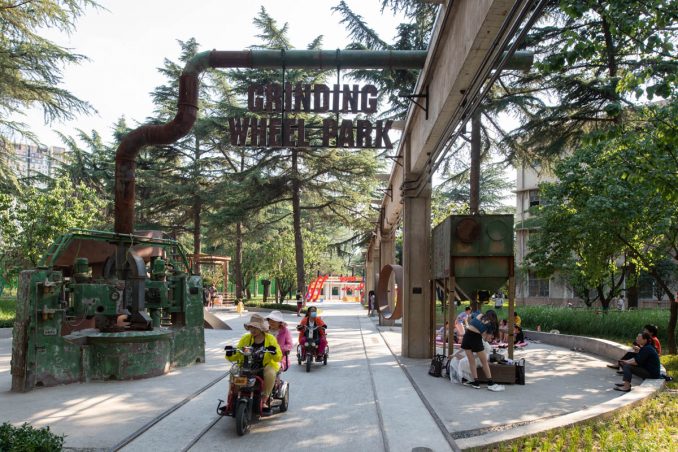
The Second Grinding Wheel Factory, a former cornerstone of Zhengzhou’s industrial landscape, suffered changes in ownership and eventual closure due to the relocation of the country’s industrial center. Despite the workers who were once employed within the walls still residing around, their stories seem to have been lost with the clamor of the market economy.
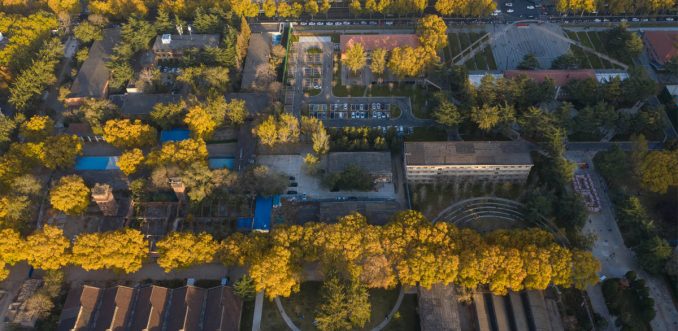
The landscape strategy seeks to preserve the historical legacy of the factory workers while revitalizing the site. The design scheme aims to coexist harmoniously between the site’s Bauhaus-style factory buildings, ancient trees, weathered machinery, and the broader urban fabric. Special attention is paid to community involvement, equity, and workers’ rights.
HISTORY
During the 1950s, the Second Grinding Wheel Factory was an iconic industrial complex in Zhengzhou, similar to the once-thriving industrial heart of America, Detroit. Boasting the distinction of being Asia’s largest grinding wheel factory, the facility enjoyed a flourishing business, distributing abrasive tools throughout China and achieving listing status in Hong Kong. However, in the face of the country’s altered economic policies and the relocation of the industrial center to the south, the factory underwent several changes of ownership before eventually closing its doors.
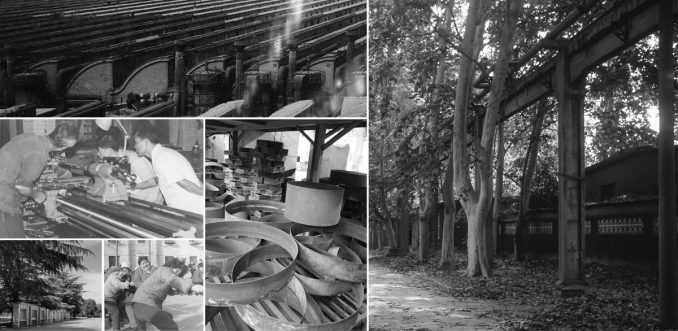
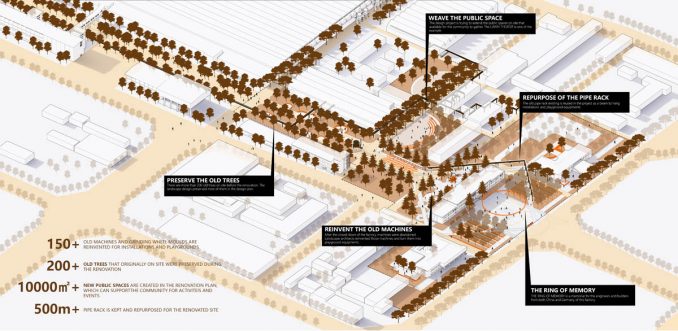
THE CHALLENGES OF “MENTAL GENTRIFICATION”
Following its certification as a historical site, the abandoned factory complex received a new plan from the city officials, transforming it into a cultural and historical landmark of Zhengzhou, and repurposed as a new cultural and creative park. The workers who once lived and worked in the factory still reside around the factory area, raising concerns about potential physical or mental displacement that could arise from the renovation process, as attested by prior renovation experiences. Such displacement has been observed in numerous cases, thus highlighting the importance of careful consideration and planning to mitigate such negative impacts.
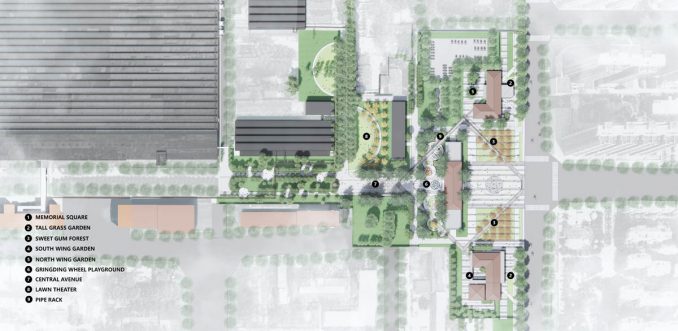
COLLECTIVE MEMORIES
The design team took the issue of local displacement during renovation processes into account during the early stages of the Second Grinding Wheel Project. Unlike physical relocation, the team focused on preventing “mental gentrification,” which could strip the original site of its collective memory. To achieve this, the team aimed to preserve the site’s original memory to the fullest extent possible in the design, rather than creating a new place with an “industrial appearance.”
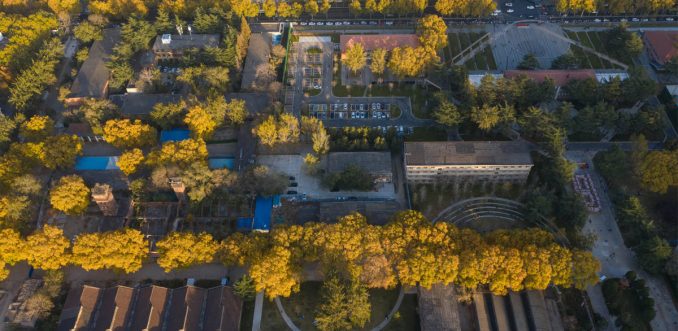
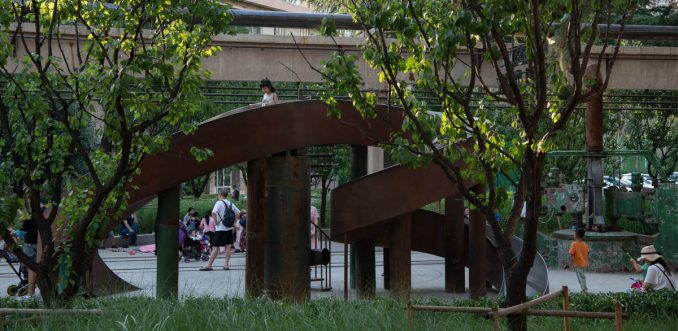
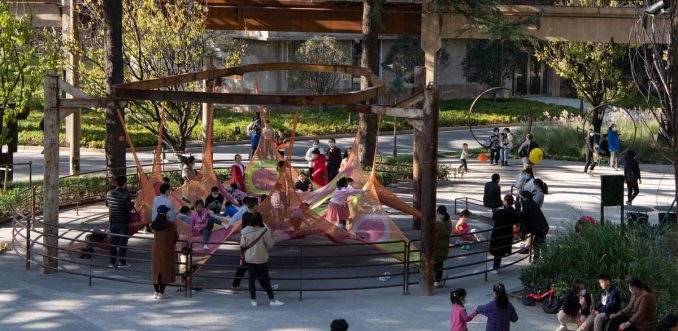
To this end, nearly 200 ancient trees were preserved, and the original machinery and pipelines were repurposed into activity equipment and spaces. The team utilized various site elements to create unique features, such as landscape walls and lighting fixtures made from grinding wheel molds, theater spaces formed by imprinting tree leaves onto concrete, grinding wheel-shaped memorials, and roof-shaped planting pools. By incorporating such details and creating new spaces related to the original elements, the team preserved the site’s memory in every design aspect. As a result, the Second Grinding Wheel Project has become a public space cherished by the community.
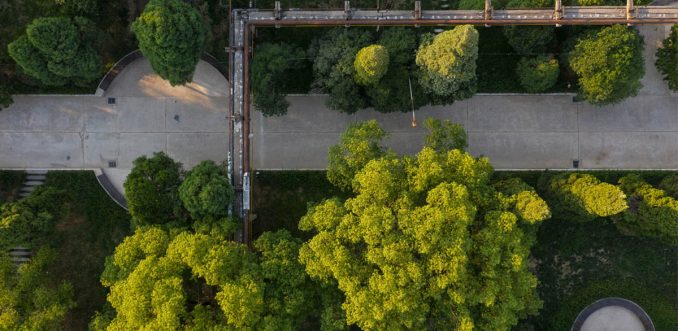
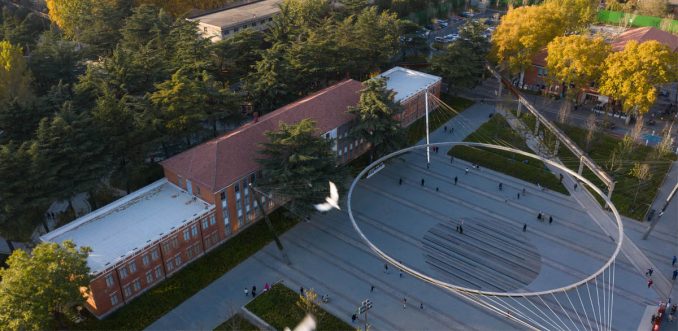
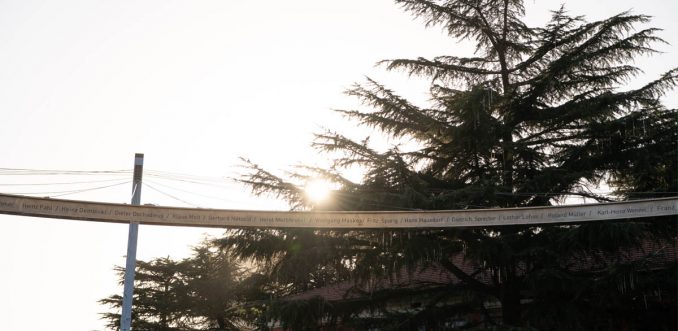
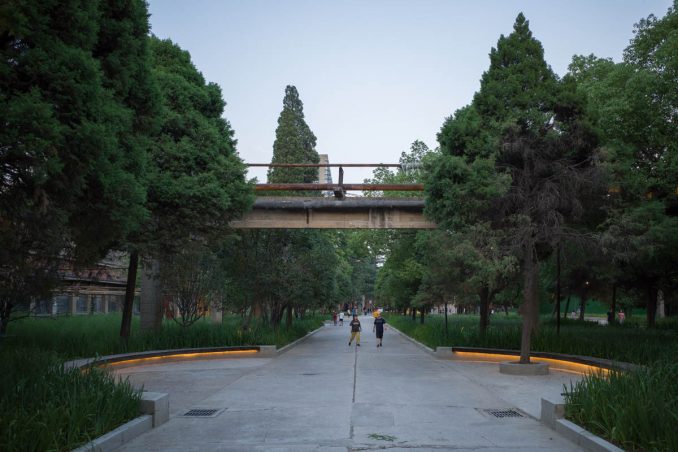
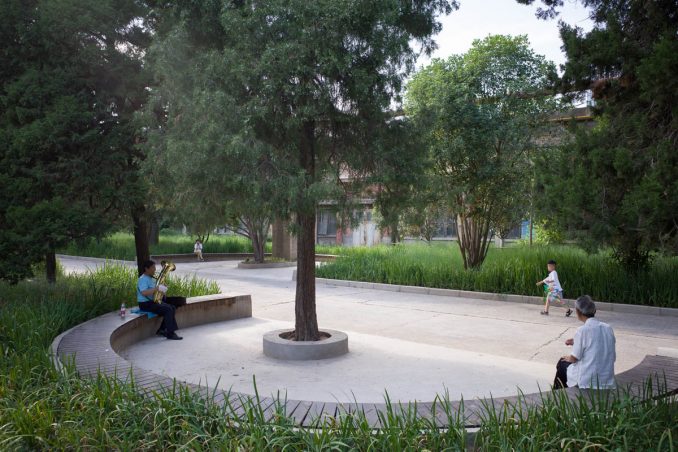
THE SPIRIT OF COMMUNITY ENGAGEMENT
In the years following its construction, the Second Grinding Wheel Project has gradually integrated itself into the local community and emerged as a beloved public space. However, amidst the COVID-19 pandemic, the city officials in Zhengzhou sought to repurpose the erstwhile factory building into a temporary hospital or “Fangcang” hospital. Notably, this plan was only publicly disclosed after residents in the vicinity observed workers entering and exiting the site. In light of public disapproval, the city officials ultimately rescinded the proposal. We posit that this outcome was contingent on the design’s capacity to foster an emotional connection with the community, such that residents were impelled to defend the site from disruption.
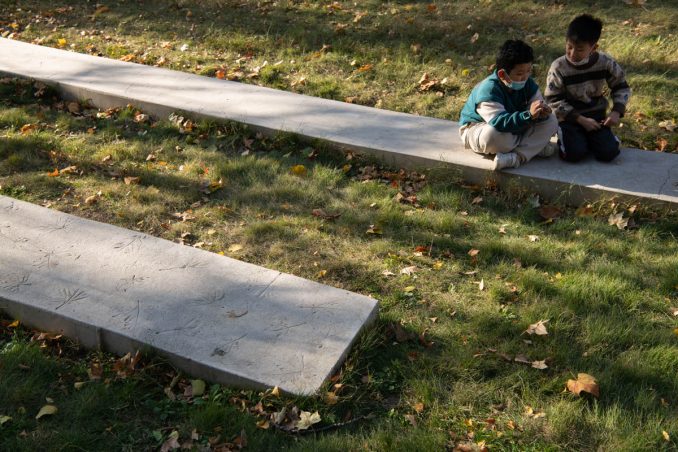
The renovation plan for Second Grinding Wheel Factory
Location: Zhengzhou, China
Client: Galaxy Holding Groups
Landscape Architect: Lab D+H Shanghai
Lead Designers: Zhongwei Li, Nan Lin
Design Team: Jiaqian Zhang, Xiaowen Pan, Xiujuan Li, Jiajun Wang, Yijun Shen, Jingyan Zhang
Construction Documentation Team:Jian Zhou, Chao Qin, Huan Liu, Jun Ma, Longyuan Luo
Lighting consultant: Tungsten Studio
Signage & Wayfinding consultant: Liangxiang Design
Sculpture consultant: Keyi Design
Construction Company: Nanjing Jinyong Garden Construction Co., LTD.
Photo credit: Bing Lu
